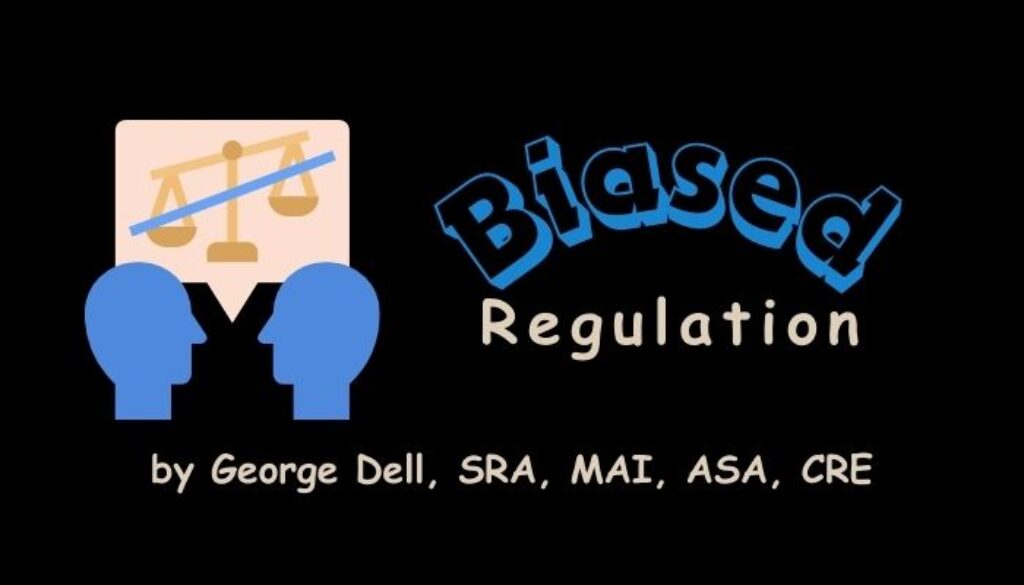Biased Appraisals: A Cause or Symptom?
In biology, there is a distinction between “proximate cause” and “ultimate cause.” In appraisology, the proximate (immediate) cause of valuation bias is the appraiser’s opinion. – For example, the appraiser reporting a “too high” number shows the ‘impact’ proximate bias. The ultimate (underlying) cause of this bias might be lender-agent hunger for a commission on the deal.
But what if the apparent “ultimate” cause is not actually ultimate. What if there is yet another layer, another even more ultimate cause?
Could there be a deeper, systemic, more ultimate cause that makes such bias more probable? If there is a more ultimate cause, what might it be?
But what if there are several ‘ultimate’ causes, each reinforcing the other causes? What if it’s the system itself?
Could the ultimate, ultimate cause of bias be regulations, licensing, education, standards, peers’ actions, or client ‘expectation’? Could it be “systemic”?
We have previously looked at the persistence of outdated appraisal practices. The inertia, the persistence, the resistance to change — shows up as the combined result of five frictions. The “five frictions” enable bias, hinder diversity initiatives, and conceal public risk quantification.
The five frictions are: education, standards, regulation, user expectation, and the resulting “recognized methods and techniques (peers’ actions).”
Let’s look deeper.
The legacy “appraisal process” requires picking comps. Pick comps, then make adjustments. Be ethical. Use great care. And of course . . . do not allow yourself to be influenced in your selection.
Remember, you must be independent, impartial, and objective in your . . . subjective choices.
“I know a good comp when I see one!”
This is the problem. Humans are biased. Biased to believe they are right. Biased to please our friends, our patrons.
All this in spite of, yet again, being told how important it is to be unbiased.
Why is this happening?
The appraisal process starts with subjective (inherently biased) data selection. Recall George Dell’s Rule #1 of evidence: You can’t get objective results from subjective data. You can’t.
Econometrics and statistics and data science call this “analytic bias.” It’s different from personal bias. Analytic bias comes from using less than the ideal amount of information. However, analytic bias can be a cover for, and an enabler for, personal bias (whether intentional, unconscious, or in denial).
Standards and regulations do not prohibit analytic bias. In fact, the “five frictions” effectively encourage this bias by not favoring the logical, scientific alternative – evidence-based methods.
Analytic bias is built into the legacy appraisal process!
It enables and even favors a method which results in a negative impact on protected groups, and on protected characteristics! Until we require “complete data” in appraisal work, we will be vulnerable to accusations of personal (and professional) bias.
Admonitions to be unbiased and impartial will continue to fail. They do not address the real, underlying ultimate causes – systemic in nature.
“Recognized methods and techniques” are hopelessly out of date. But required!
The problem is systemic. Enlightened, simplified regulation can save us.
At Valuemetrics.info, we teach measuring markets, not comparing comps.
